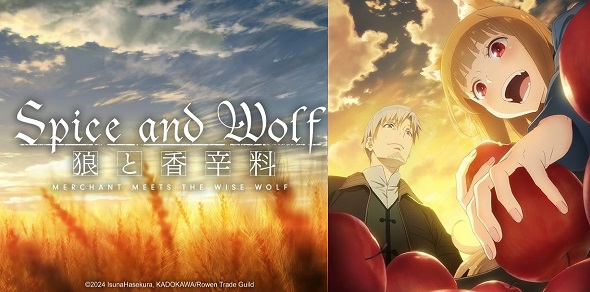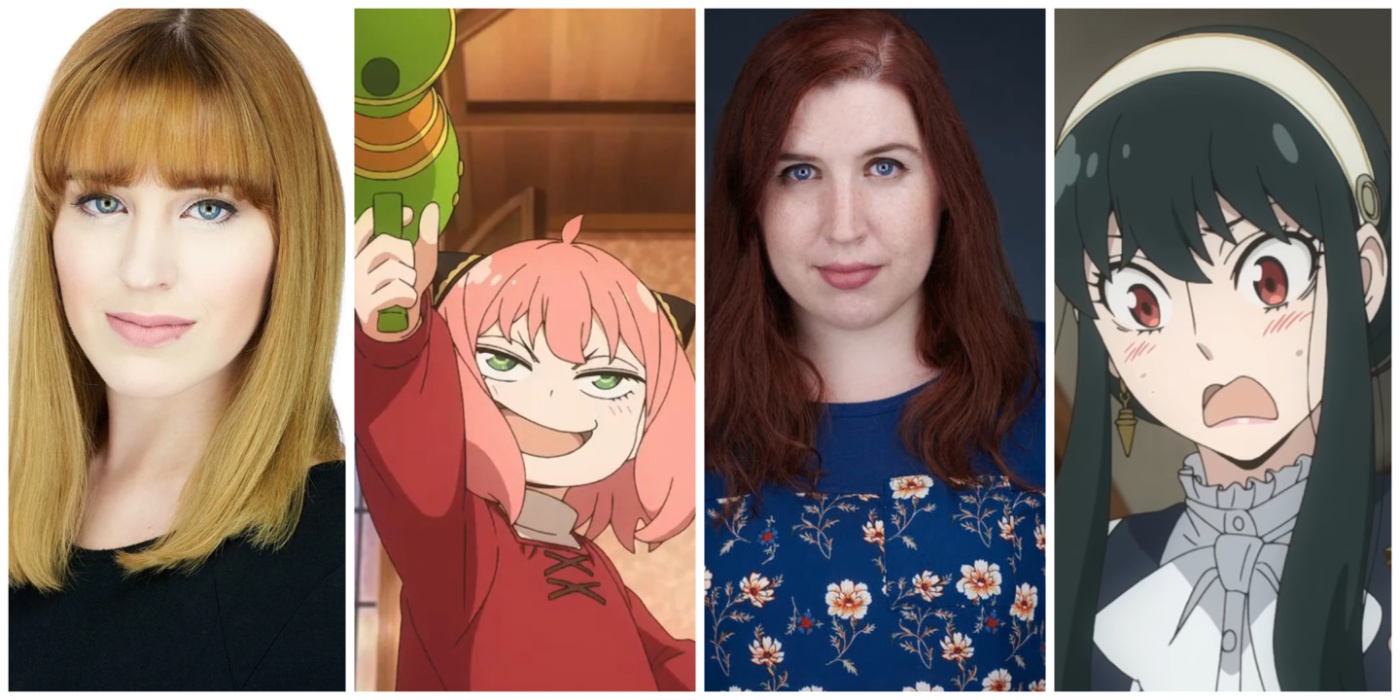English Dub Season Review: The Grimm Variations Season One
If you thought the Brothers Grimm fairy tales were dark, you haven’t seen anything like this. Multiple generations have admired many variations of the brothers’ iconic stories due to their themes, discomforting imagery, and mature storytelling. Of course, that includes specific versions from Disney despite the changes made to cater to an all-ages audience, especially kids. This trend continues with the latest ONA series on Netflix, which utilizes the power of anime to reflect the tales’ darkest nature.
The Grimm Variations is an anthology anime series produced by Wit Studio, which is best known for creating shows such as Attack on Titan and Spy x Family. The series is a collaboration of six creators, with one being Clamp, a group consisting of female manga artists. Consisting of six episodes, The Grimm Variations offered exactly what the title suggests: a collection of well-known Brothers Grimm fairy tales in anime form, with each episode helmed by a different director and introduced by brothers Jacob (Daman Mills) and Wilhelm (A.J. Beckles) and their young sister Charlotte (Anairis Quiñones). This includes Yoko Kanemori’s Cinderella, Jun’ichirō Hashiguchi’s Hansel and Gretel, and Shintarou Nakazawa’s Pied Piper of Hamelin.
Funny enough, I only recognized most of the tales from the Brothers Grimm through family-friendly cartoons, especially ones made by Disney. It wasn’t until I grew older that I realized the original versions they’re based on weren’t as innocent and charming as I thought. I guess it’s always better to find out the truth later than now for my childlike curiosity. Fortunately, my tiny experience with the Brothers Grimm was enough to witness this unique adaptation, which combines its animation style by Wit Studio with mature storytelling to provide a visually crafted and darkly unsettling ride through its classic stories.
Interestingly, the series only went with six stories instead of the usual 12-episode duration, with five being the most memorable to me. I’m assuming that the creators wanted to see how it performs on the streaming service before they can add more fairy tales to be adapted. If that’s the case, then call me eager to explore more of these twisted fairy tales when that time comes.
The Grimm Variations stood apart from other adaptations for one reason: the stories. Instead of using the art of anime to retell the tales we’re familiar with, the series provided refreshing materials to twist its already-dark fairy tales into psychological, creative, and often disturbing modern retellings. These range from the character names to the backgrounds, especially making some of the tales’ heroes as vile as their villains. The result is an inventive and bold collection of Grimm Tales that balances familiarity and innovation.
One example of this is the Cinderella episode involving a young child named Kiyoko (Abby Espiritu) and her twisted innocence that makes her stepsisters’ lives a living hell. Her abnormal obsession with being with her stepsisters caused them to be driven out of their house, leaving Kiyoko with her own happy ending. The episode follows some of the usual narrative beats as the original version, but the Cinderella character uses her innocence and distorted wit to outsmart the stepsisters, which includes murdering her kind stepmother and father. I should be lucky that I grew up with the Disney version.
Another example is the dystopian version of Little Red Riding Hood, which has a psychotic murderer named Grey (Ray Chase) biting off more than he can chew when he encounters a similarly deranged woman named Scarlet (Jenny Yokobori). Finally, we have The Town Musicians of Bremen, which is redesigned as a western involving woman versions of Dog (Allegra Clark), Cat (Quiñones), Donkey (Tiana Camacho), and Rooster (Xanthe Huynh) saving a town from the Wade Brothers. The show placed two examples in different time periods, which gave it an advantage in delivering something new and enticing to the basic formulas and metaphorical themes we grew up with. While some moments in their world-building may not be as invigorating as the narratives regarding the pacing, they still work well enough to match the tales’ themes, including corruption, obsession, and knowledge.
Wit Studio has had a healthy track record in delivering vibrant lighting and stylish presentations in their projects, especially Attack on Titan for its scope. Unsurprisingly, their work on The Grimm Variations is no different. Each episode delivered a satisfying and immersive flair to the stories’ dark and imaginative approaches, but the episodes’ introductions stood out from the rest regarding the presentation. Every episode begins with the Grimm siblings introducing a specific fairy tale and its themes, displayed in the presentation resembling storybook-like paintings. It may not resemble the one from the promotional poster, but it represents the look and feel of a storybook drawn to life more so than the episodes themselves.
Overall, The Grimm Variations takes a daring and twisted approach to the classic Brothers Grimm fairy tales by molding them into unique reflections of themselves. The result is a promising display of style and storytelling, creating a bright future for the anthology series. It’s far from the definitive version of the Grimm Tales in terms of its pacing, world-building, and Cat’s personality in the Bremen episode. However, its animation, creativity, and even the voice cast were suitable enough to make this a worthy adaptation of the authors’ iconic fables. There are plenty of other fairy tales from the Brothers Grimm that I could see getting remade for the series, so here’s hoping they do so if a second season is announced.



























I hope it's not Crunchyroll; if they really cared about the franchise much, Volume 10 would have already been announced a long time ago.